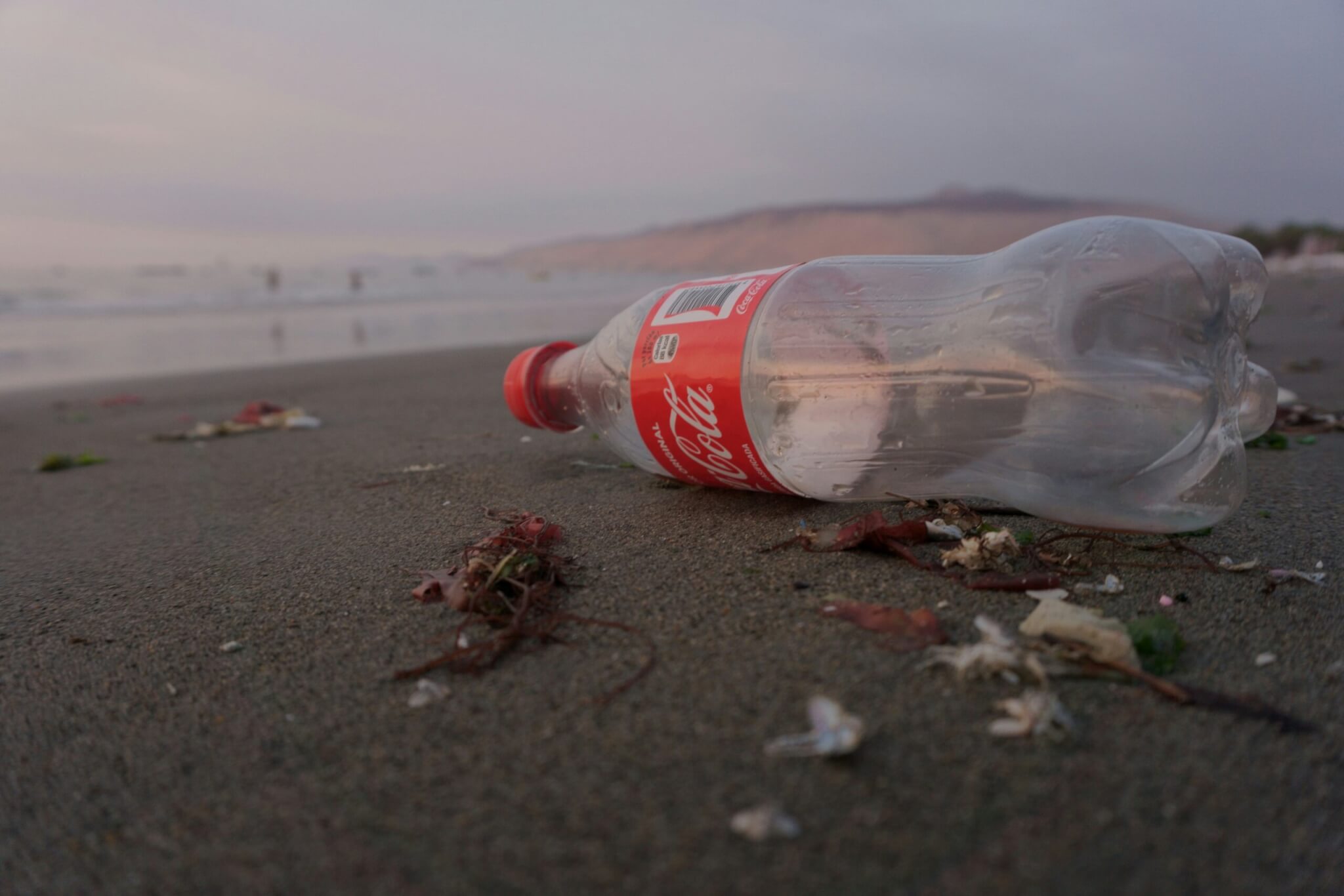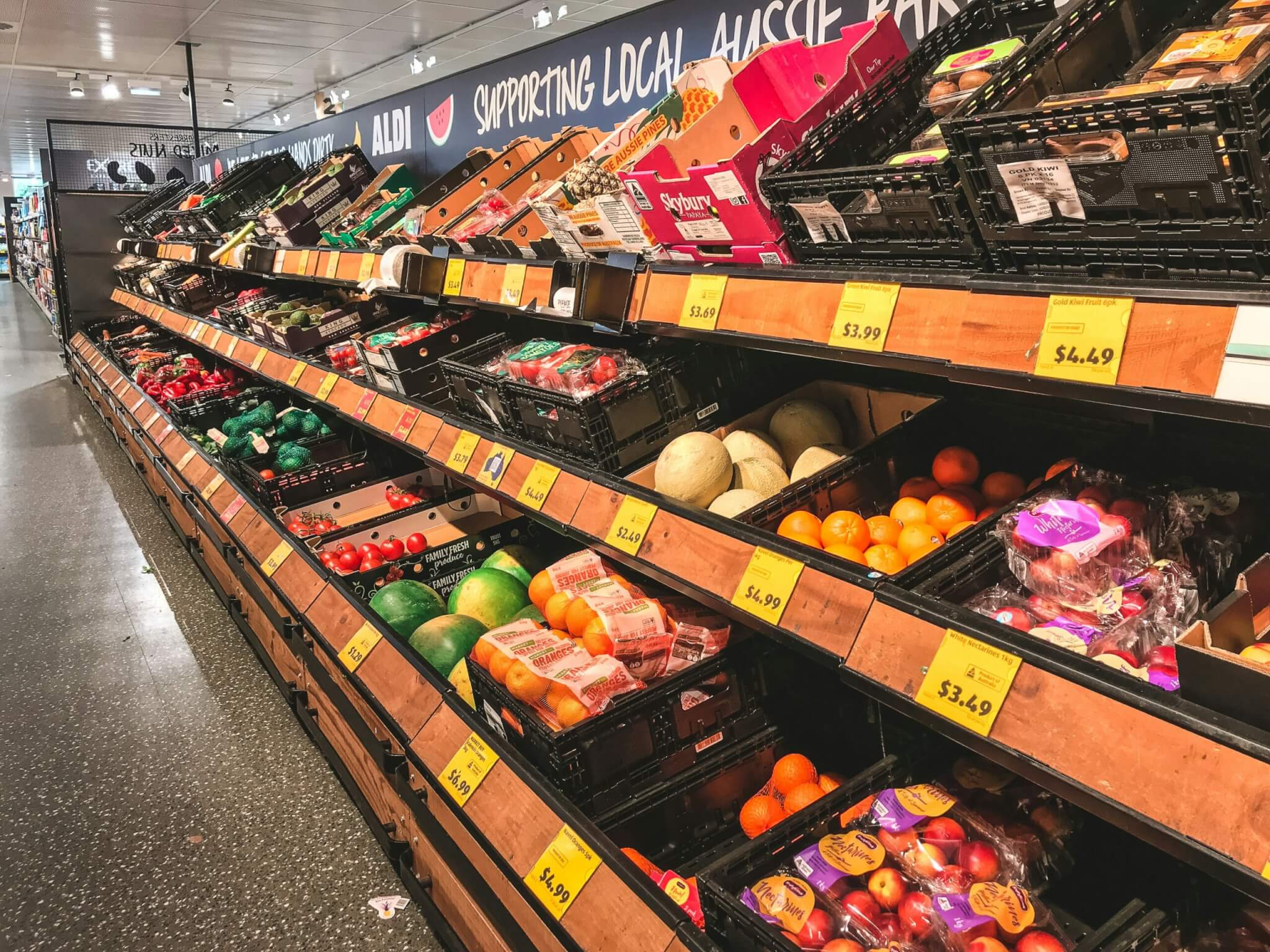April is a hectic month of change as planting gets underway in earnest all over the farm. Where last year’s crops are finished and the fields need a rest, we are sowing ‘leys’ to build fertility, and restore soil structure. After years of experimentation, my brother Oliver uses a mixture of triticale (a cross between rye and wheat), lupins, clovers (all nitrogen-fixing legumes), grasses and, more unusually, chicory. This bitter herb does well on our soils and seems to be favoured by the grazing dairy herd, but more importantly Oliver reckons it opens the soil structure and brings up nutrients from deeper in the soil profile. By July, as the lupins and triticale fill their seed heads, he takes a cut of silage to feed the cows in winter; the understory of clover and grass are then free of competition to form a dense sward for the cows to graze. After three or four years of such restorative activity, the soil is ready for vegetables again.
The complexity of our farm with its mixture of annual and perennial crops and livestock is unquestionably good for the soil and wildlife, but it’s rapidly becoming an anomaly in modern agriculture. The norm is for soil to be subjected to repetitive monocropping on large farms which specialise in one enterprise, generally propped up by chemical herbicides, pesticides and fertilisers. After 30 years, with plenty of mistakes along the way, I feel confident that with each turn of the rotation our fields are improving and, while the commercial pressure is always towards simplicity and specialisation, we are getting better at managing the complexity. This is in stark contrast to most agriculture where the UN predicts that on average the world has just 60 years of crop growing capacity left, due to soil degradation.
Our system is far from perfect; the abiding weakness is the need to create a weed free seedbed for new crops to establish. The two poles of thinking are that you either spray or you plough; both are environmental catastrophes for soil flora and fauna, but ploughing is just a bit less flawed than the chemical alternative. As farmers we must learn to produce food while being better guardians of the fragile, much neglected soil that supports us all.










0 Comments